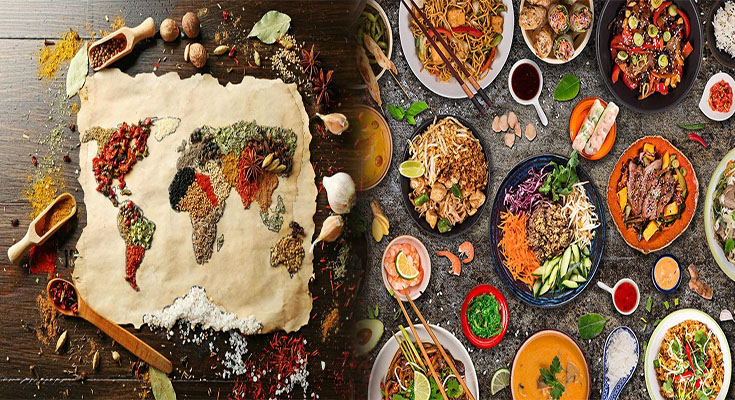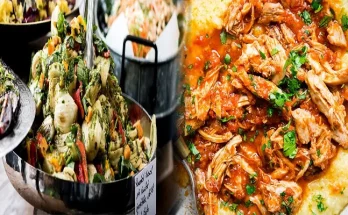Exploring different cuisines from around the world can be an exciting and delicious adventure. Each country has its own unique culinary traditions, flavors, and techniques that have been passed down through generations. In this article, we will take a closer look at some of the techniques and cuisines from different parts of the world that have made an impact on the global culinary scene.
French Cuisine and the Art of Culinary Techniques
French cuisine is known for its precision, elegance, and emphasis on using fresh, high-quality ingredients. From delicate pastries to rich sauces, French chefs have perfected a wide range of cooking techniques. One of the most famous techniques is “sous vide,” which involves vacuum-sealing food and cooking it in a water bath at a precise temperature for an extended period. This method ensures that the food retains its natural flavors and juices.
Another technique commonly associated with French cuisine is “flambé.” This involves igniting alcohol, such as brandy, over a dish to create a dramatic flame that enhances the flavors and adds depth to the dish. This technique is often used for dishes like steak Diane or crepes Suzette.
Asian Techniques and the World of Flavors
Asian cuisines, including Chinese, Japanese, Thai, and Indian, are known for their bold flavors, fragrant spices, and unique cooking techniques. Stir-frying is a technique commonly used in many Asian cuisines. It involves quickly cooking ingredients over high heat in a wok, resulting in vibrant and crisp dishes.
Steaming is another technique widely used in Asian cooking, most notably in Chinese cuisine. This gentle cooking method helps to retain the natural flavors and nutrients of the ingredients. Dim sum, a popular Chinese dish, is typically prepared using the steaming technique.
Asian cuisines also incorporate fermentation as a technique to bring out complex and delicious flavors. Kimchi, a staple in Korean cuisine, is made by fermenting vegetables, most commonly cabbage, with chili paste and various seasonings. This technique not only enhances the taste but also preserves the food for a longer period.
Mediterranean Cuisine and the Joy of Simplicity
Mediterranean cuisine, originating from countries like Italy, Greece, and Spain, focuses on simple yet flavorful dishes that highlight the quality of fresh ingredients. Grilling, a technique commonly used in Mediterranean cooking, brings out the natural flavors of vegetables, meats, and seafood. Whether it’s a perfectly charred steak or smoky eggplant, grilling adds an enticing depth of flavor.
Another technique prominent in Mediterranean cuisine is braising. This slow-cooking method involves searing food and then simmering it in a flavorful liquid, like wine or broth, until it becomes tender and succulent. This technique is often used for dishes such as beef stew or coq au vin.
Fusion Cuisine and the Art of Blending
In recent years, fusion cuisine has gained popularity, showcasing a blend of techniques and flavors from different parts of the world. Chefs are not limited by culinary borders and freely experiment with various ingredients and techniques to create exciting and innovative dishes.
One example of fusion cuisine is the combination of Mexican and Japanese flavors, known as “MexiCali.” This fusion blends the freshness and vibrancy of Mexican ingredients with the precision and elegance of Japanese techniques. Dishes like sushi burritos or tempura tacos have become popular representations of this unique fusion.
Exploring techniques and cuisines from around the world offers a diverse range of flavors and culinary experiences. Whether it’s the precise techniques of French cuisine or the bold flavors of Asian cuisine, each country’s culinary heritage adds depth and variety to the global culinary landscape. So, grab your apron and embark on a gastronomic journey to discover the world’s delicious treasures.





